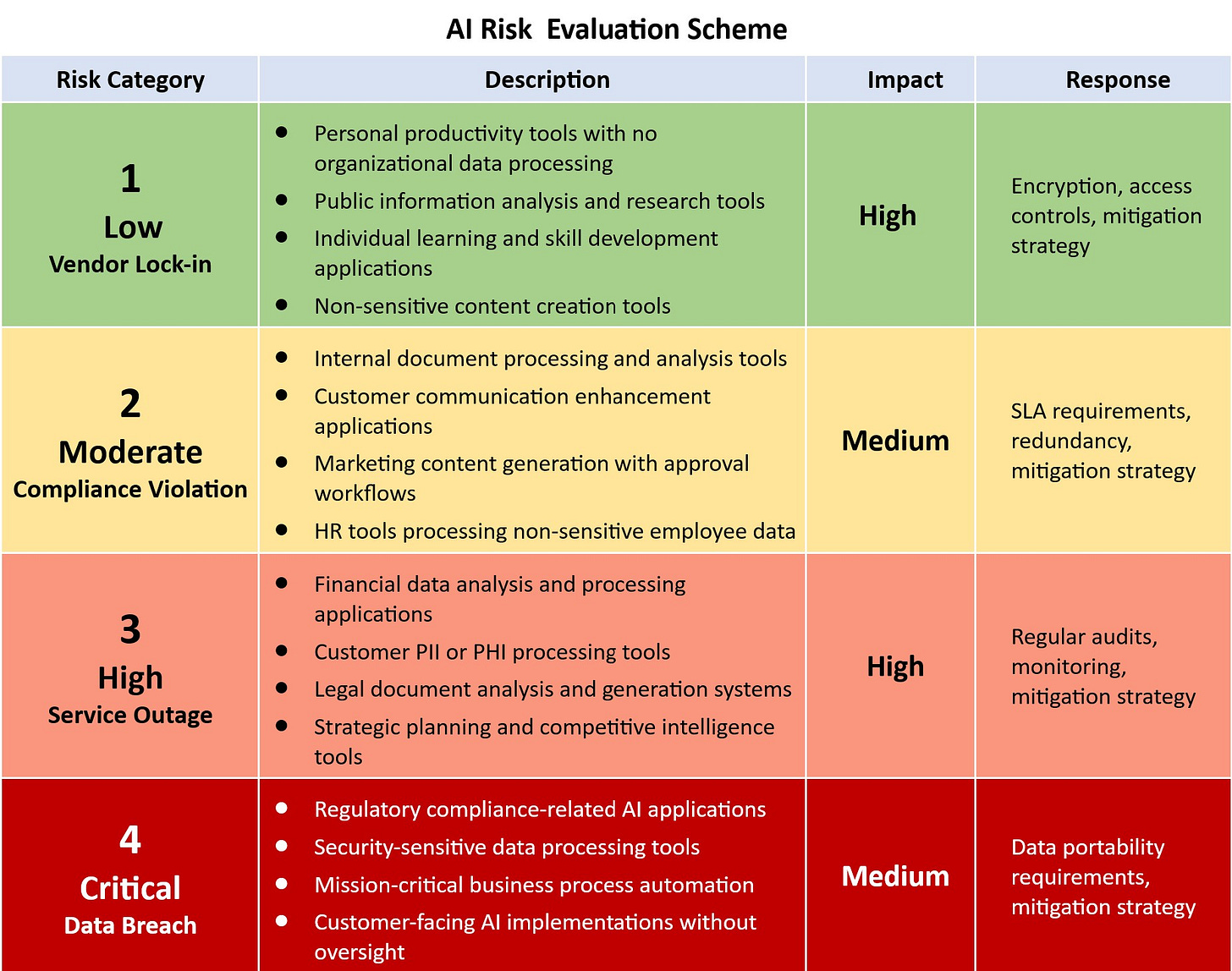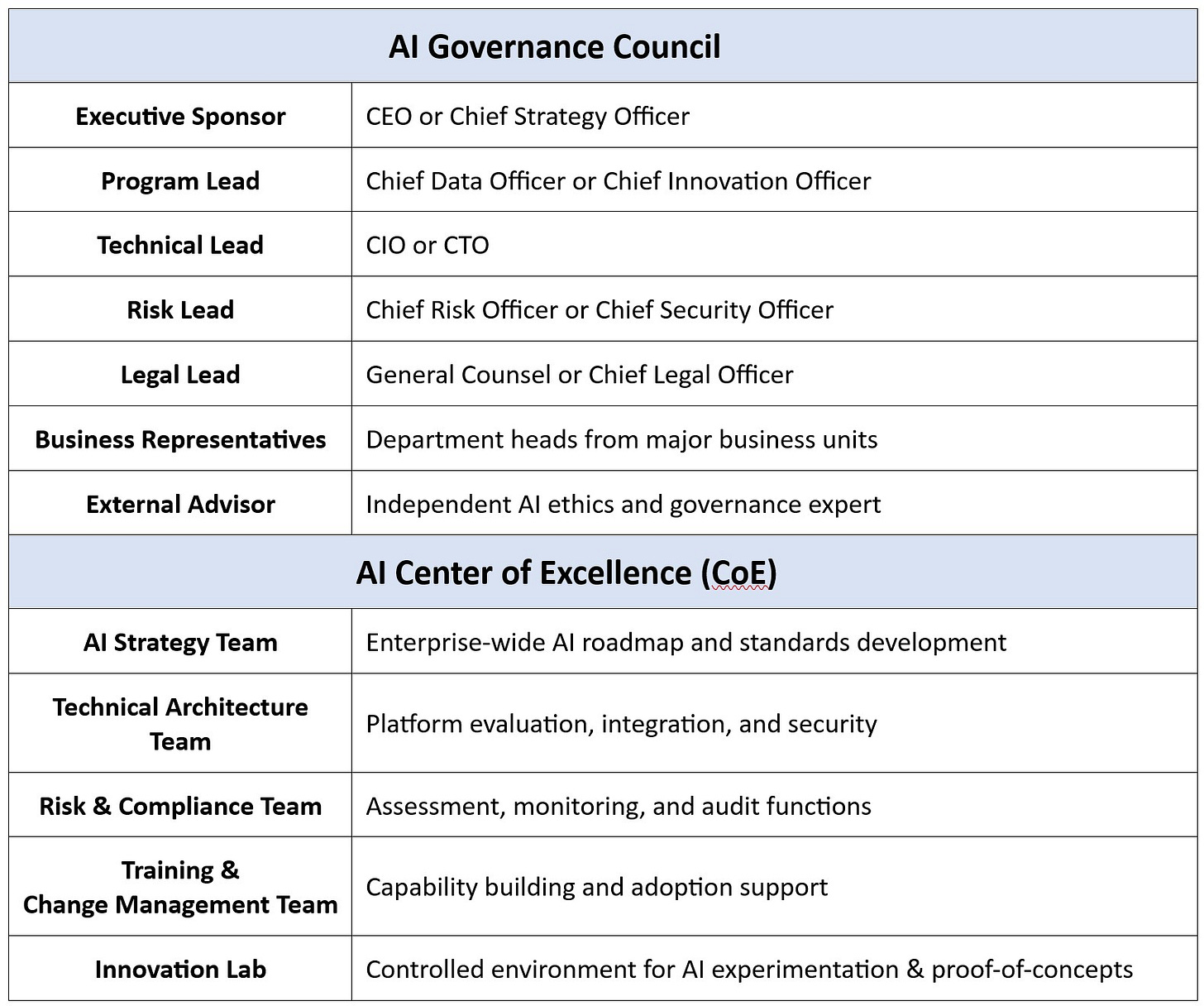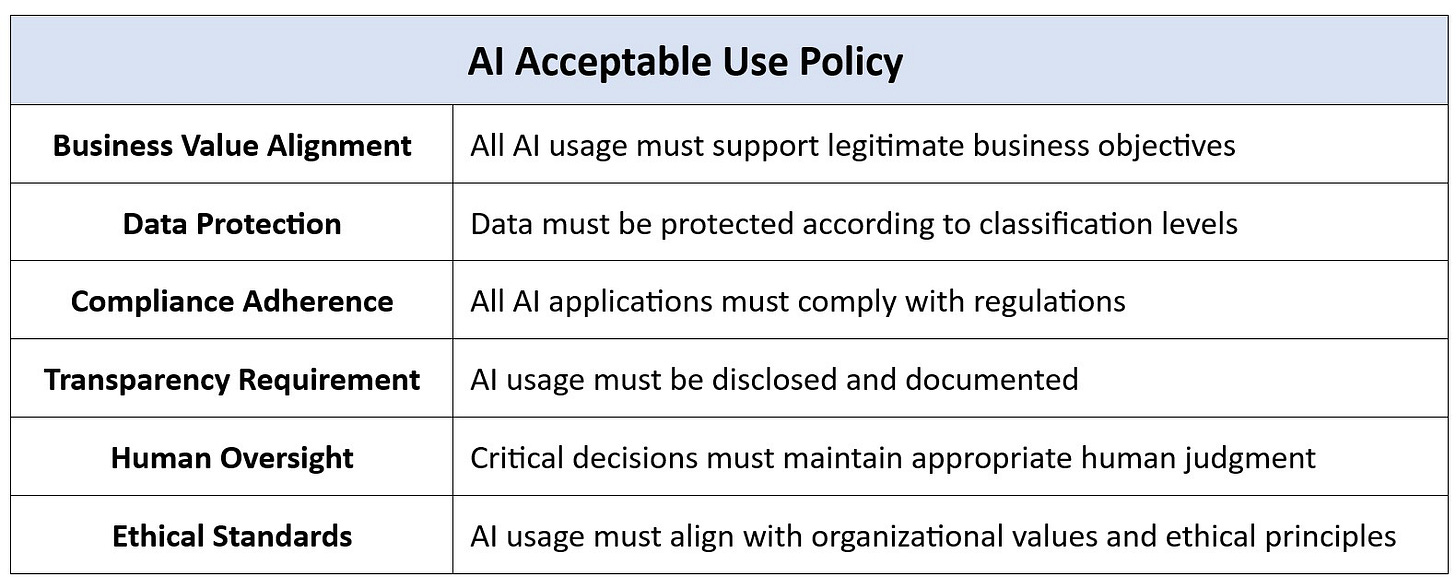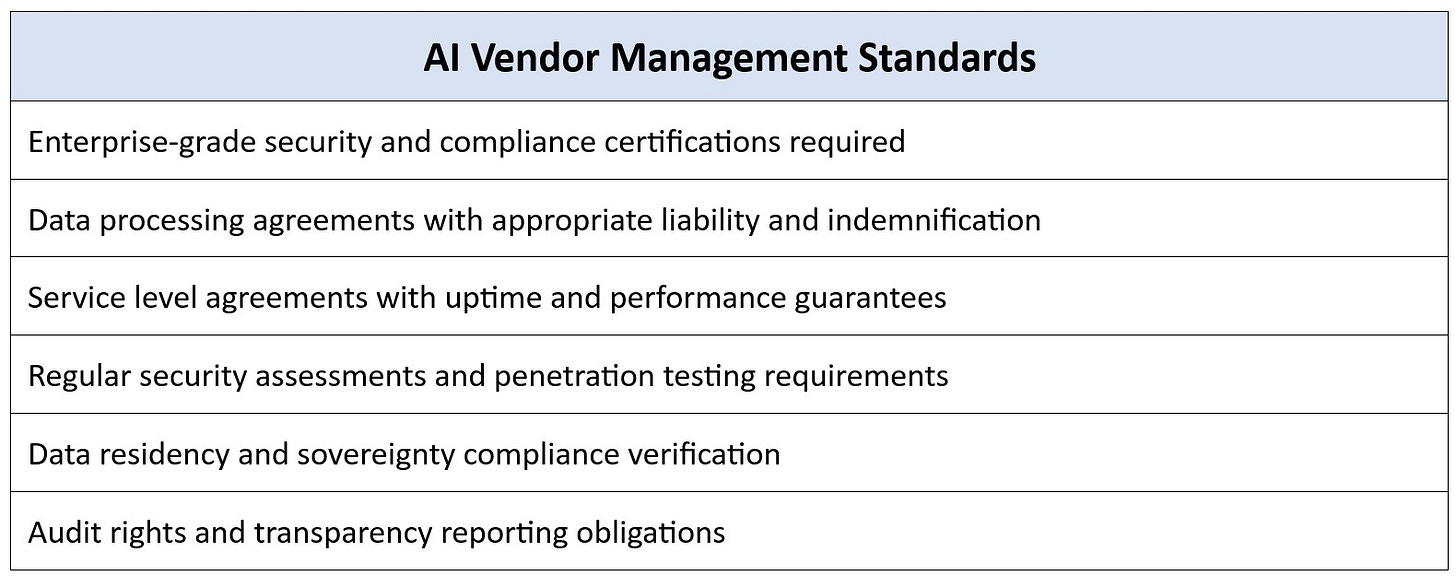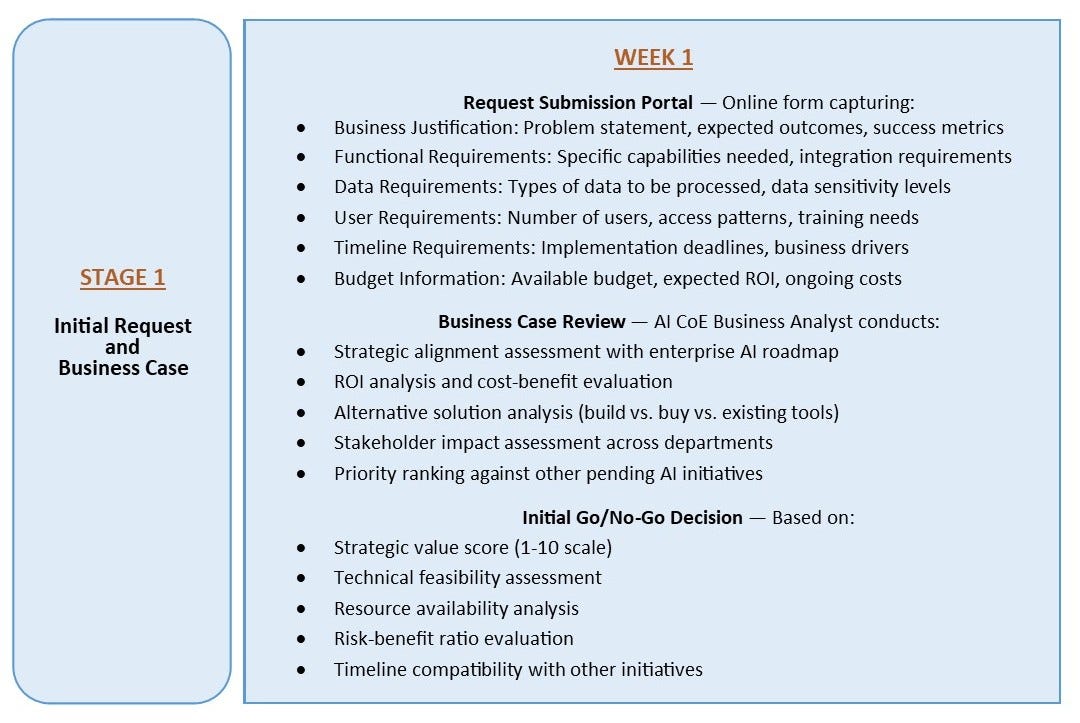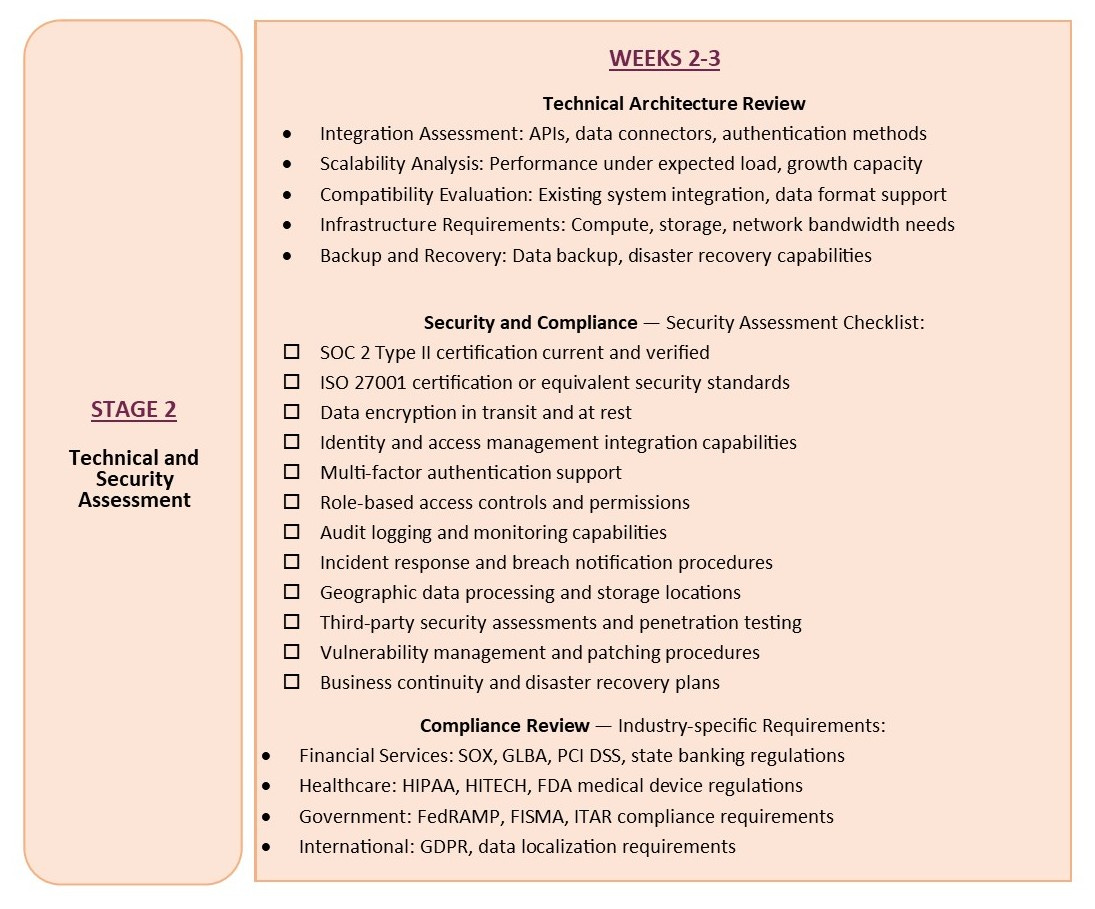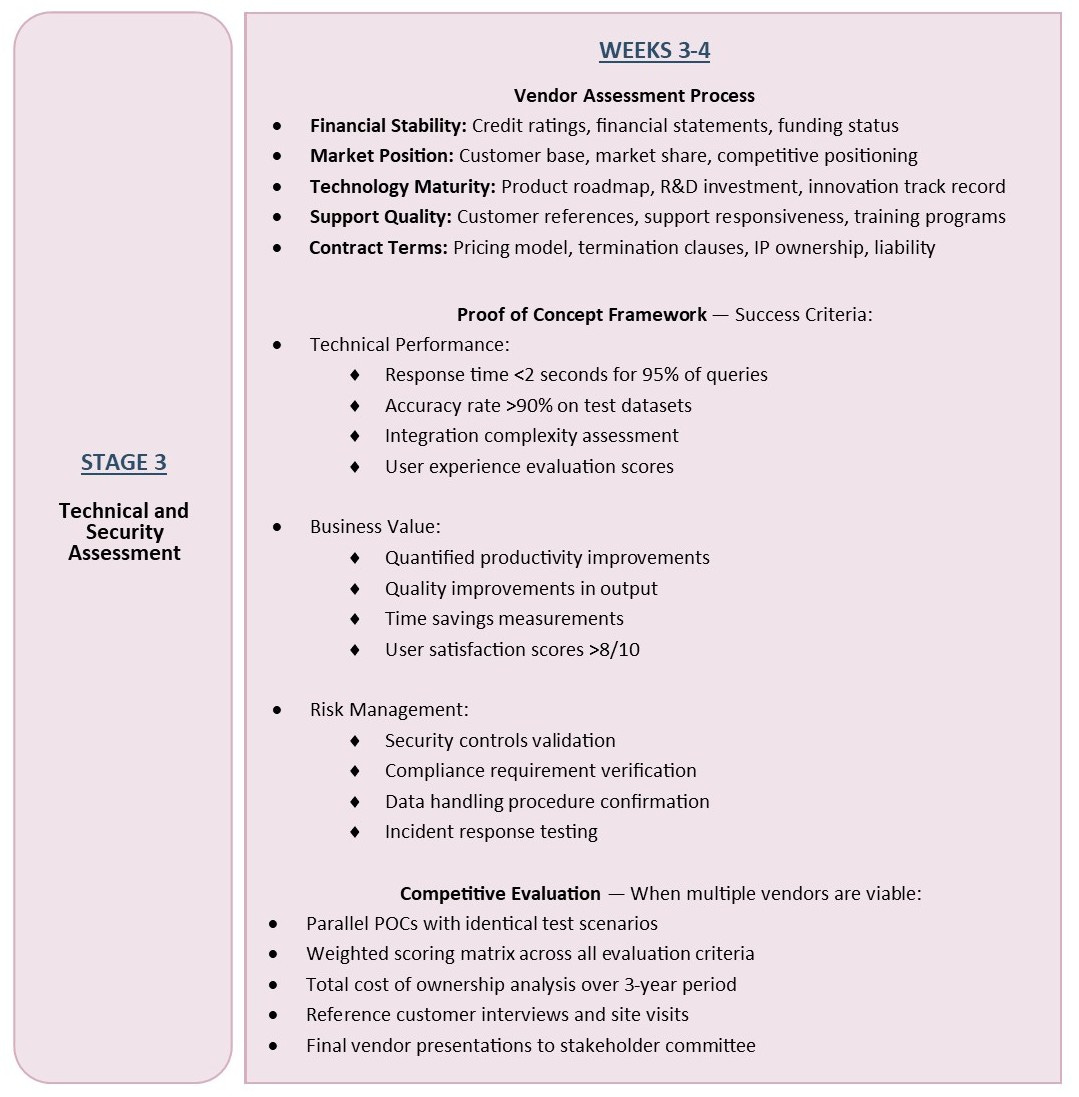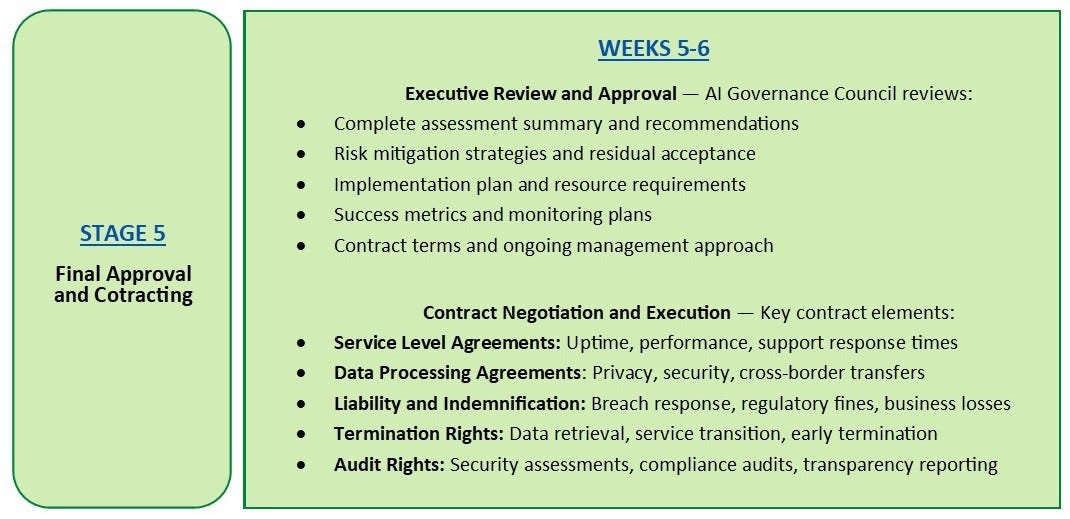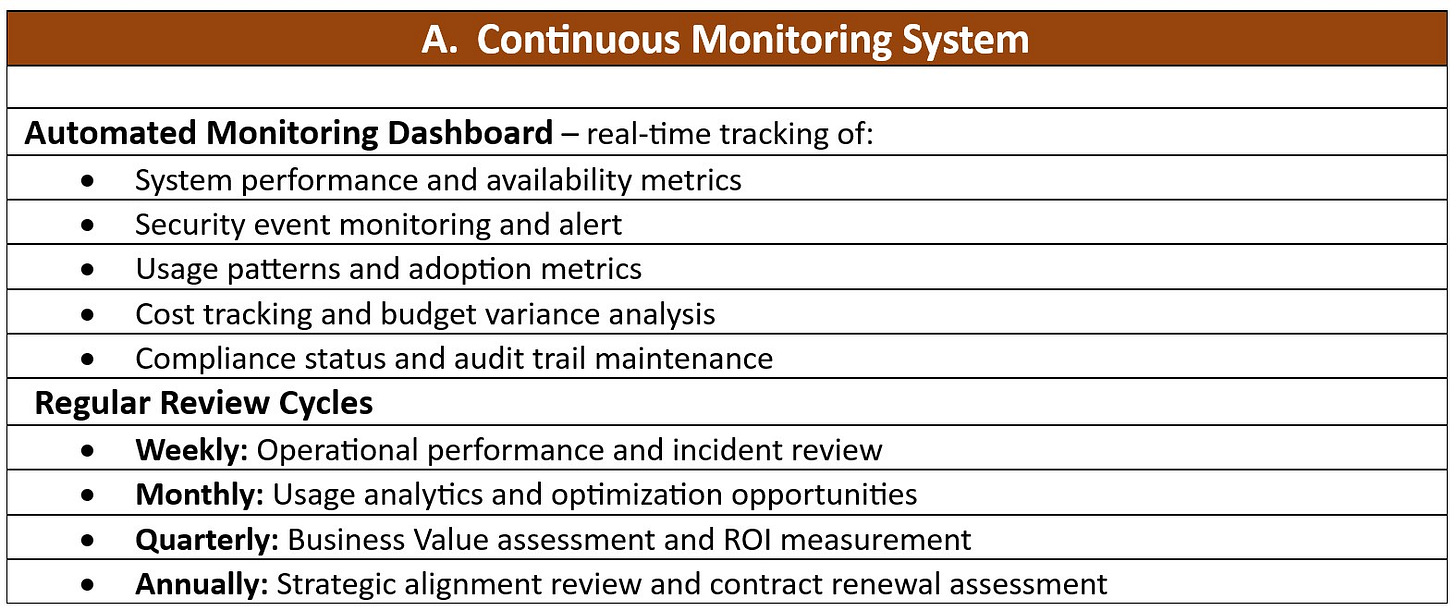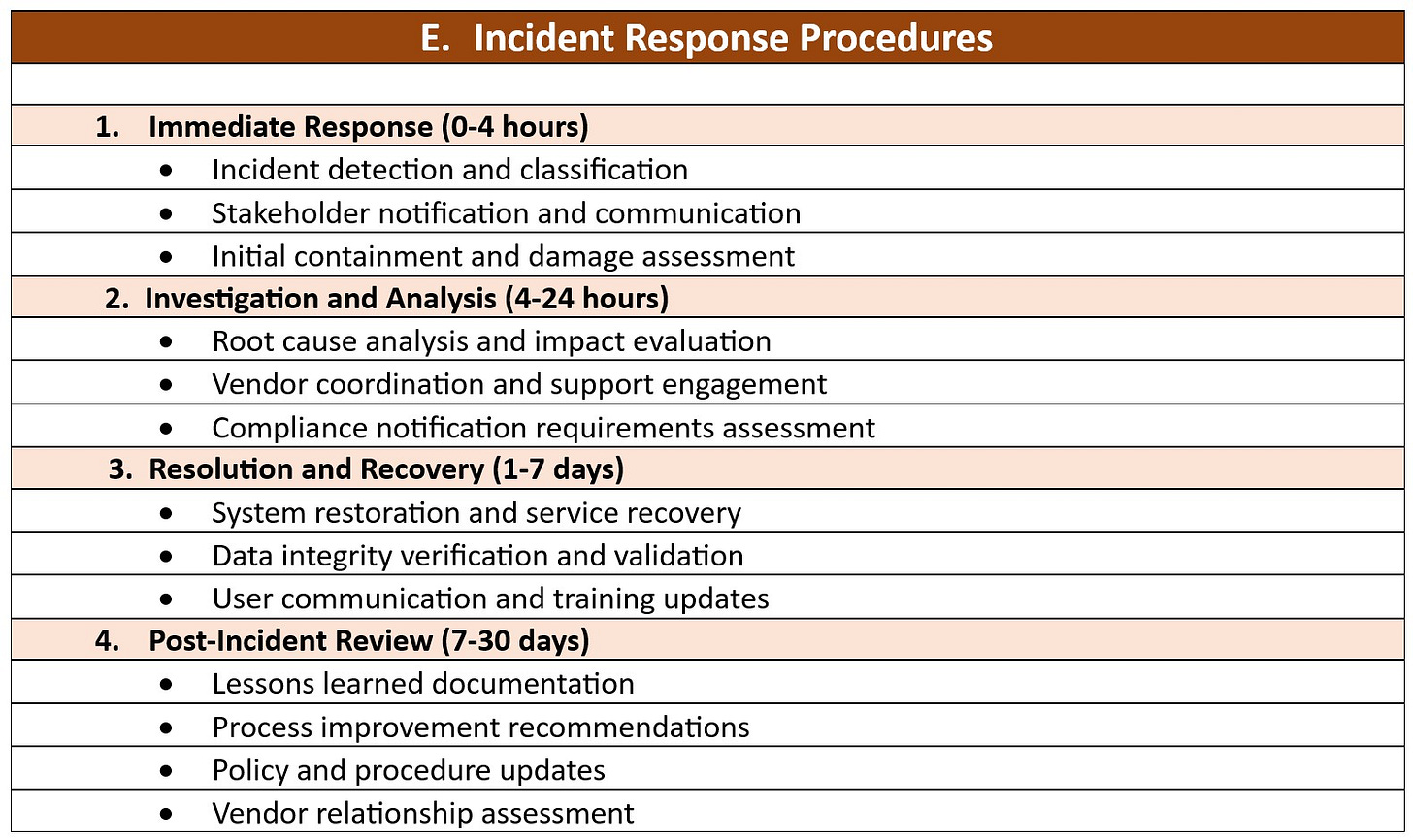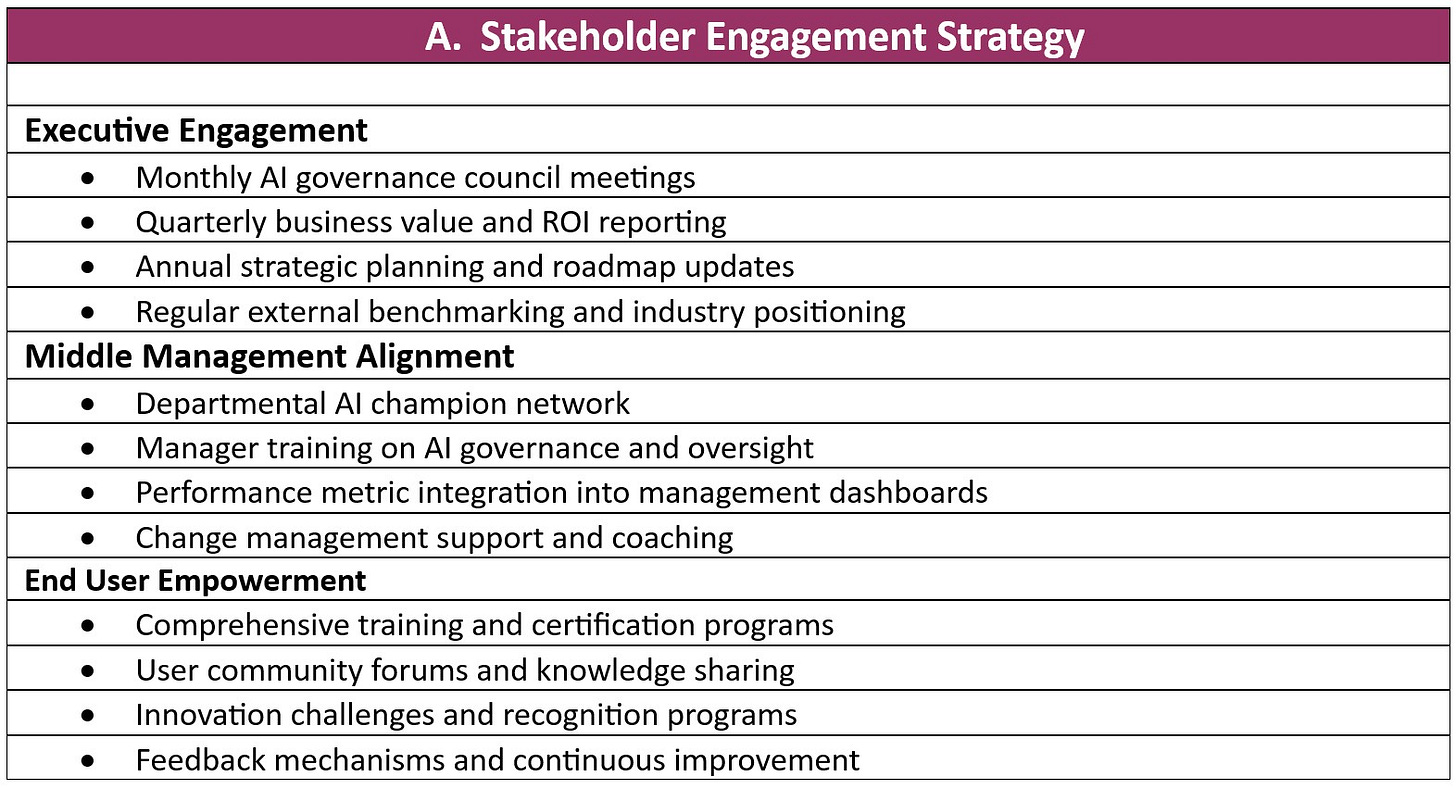Shadow AI: The Grand Guest You Didn't Know You Invited
In his excellent article for VentureBeat, Louis Columbus describes the way employees are using AI to assist with their work:
… otherwise trustworthy employees [are] creating AI apps without IT and security department oversight or approval, apps designed to do everything from automating reports that were manually created in the past to using generative AI (genAI) to streamline marketing automation, visualization and advanced data analysis. Powered by the company’s proprietary data, shadow AI apps are training public domain models with private data.
That is Shadow AI. Why are companies sweating over it? Because this activity is done without oversight, guardrails, privacy and security controls. As Vineet Arora, CTO at WinWire stated for the article, “Suddenly, you have dozens of little-known AI apps processing corporate data without a single compliance or risk review.” And if you’re a publicly held company, you’ve got the additional headache of avoiding breaches in compliance and regulatory requirements. That sounds pretty scary. And, like rabbits, Shadow AI apps are multiplying. But in spite of the risks, they allow faster, better innovations and productivity. And employees love them. To protect companies and keep employees engaged, the solution is to bring it into the light and help employees use it responsibly, securely, with oversight and governance.
We’ll offer a governance framework later in this article. But before we go there, first consider the impact of Shadow AI on many factors:
Tension between innovation and control – the desire for innovation conflicting with risk management
Digital capability gaps – insufficient understanding of AI risks to business
Process fragmentation – disconnected procurement, IT, legal, and business processes
Cultural resistance – fear that formal governance will stifle innovation and agility
Resource allocation inefficiency – redundant investments and missed economies of scale
Stakeholder expectation misalignment – different departments having conflicting AI objectives
Financial – estimated 15-30% waste in AI investments and potential regulatory fines
Operational – Data inconsistencies, security breaches, compliance failures
Strategic – Inability to leverage AI as competitive advantage due to fragmentation
Reputational – Customer trust erosion from inconsistent or biased AI interactions
About Governance
You will note our references to vendors. They are included because the enterprise business and technical explanation that defines the need for AI vendor governance results in reframing AI governance to be a core technical competency rather than business bureaucracy. The key insight is helping stakeholders understand that modern AI architecture is inherently distributed and vendor-dependent, making AI governance a technical necessity, not just a business preference.
The explanation includes several critical mental shifts that technical and non-technical stakeholders need to make:
From Build vs. Buy to Orchestrate and Govern:
Even "internal" AI systems rely heavily on vendor components, so the real skill is managing these dependencies effectively.
From Governance as Overhead to Governance as Architecture:
Vendor management is actually distributed systems engineering—managing reliability, security, and performance across external service dependencies.
From Technical Purity to Technical Pragmatism:
The best technical solutions must work within real-world constraints of regulations, budgets, and business requirements.
From Individual Excellence to System Excellence:
Professional AI development requires thinking about the entire system lifecycle, not just the core algorithms.
This framing helps all stakeholders understand that vendor governance frameworks aren't obstacles to overcome. They're professional tools for building production-ready AI systems that actually work in enterprise environments.
Our suggested framework for a governance program addresses specific questions about the AI platform intake evaluation and includes a 5-stage, 6-week process covering everything from initial business case through final contract execution. Each stage includes specific deliverables, assessment criteria, and decision points.
PART 1: Shadow AI Discovery and Classification System
A. Automated Detection Infrastructure
Network-Level Monitoring
DNS query analysis for AI service domains
API call pattern recognition to identify unauthorized AI service usage
Data egress monitoring to flag large data uploads to external AI services
Cloud spending analysis to detect unauthorized AI service subscriptions
Browser extension monitoring for AI productivity tools
Application-Level Discovery
Software asset management integration to identify installed AI applications
Email and communication monitoring for AI tool discussions and sharing
Expense report analysis for AI service subscriptions and purchases
IT helpdesk ticket analysis for AI-related support requests
Employee survey mechanisms for voluntary disclosure
B. AI Risk Classification
PART 2: Governance Framework
Organizational Structure
A. Policy and Standards Framework
PART 3: AI Platform Intake Evaluation – The 5-Stage, 6 Week Process
(Note: If this email truncates because it exceeds a length limit on your email server, we encourage you to finish reading it by clicking on the link Substack provides for that purpose or go to our website. You won’t want to miss the insightful Conclusion.)
PART 4: Ongoing Governance and Management
PART 5: Organizational Change Management
CONCLUSION: From Shadow to Light - The Path Forward
This comprehensive framework addresses Shadow AI’s critical tension between innovation and control. As a result, Shadow AI represents one of the most significant governance challenges facing modern enterprises, not because employees are acting maliciously, but because innovation moves faster than traditional IT governance structures can adapt. The explosive growth of accessible AI tools has democratized capabilities that were unimaginable just a few years ago, enabling employees to solve problems and create value in ways that bypass traditional channels.
The framework presented here acknowledges a fundamental truth: Shadow AI cannot be eliminated through prohibition. Attempts to simply ban unauthorized AI usage will only drive innovation further underground, widening the gap between what employees need and what IT provides. Instead, successful organizations will be those that bring Shadow AI into the light through a balanced approach that combines discovery, classification, governance, and enablement.
This governance model is not about building walls. It's about building bridges. By creating clear pathways for AI adoption, establishing risk-appropriate controls, and fostering a culture of responsible innovation, organizations can harness the creative energy that drives Shadow AI while maintaining the security, compliance, and strategic alignment necessary for sustainable growth.
The 5-stage, 6-week evaluation process provides a practical roadmap for transforming ad-hoc AI experiments into enterprise-ready solutions. The continuous monitoring and improvement mechanisms ensure that governance evolves alongside technology. Most importantly, the emphasis on organizational change management recognizes that successful AI governance is as much about people and culture as it is about technology and process.
As AI capabilities continue to advance at an unprecedented pace, the organizations that thrive will be those that view governance not as a barrier to innovation, but as its enabler. By implementing comprehensive frameworks like the one outlined here, enterprises can transform Shadow AI from a risk to be managed into an opportunity to be leveraged, turning their employees' innovative spirit into competitive advantage while maintaining the trust of customers, regulators, and stakeholders.
The journey from shadow to light requires commitment, resources, and cultural change. But for organizations willing to make this investment, the reward is clear: the ability to innovate at the speed of AI while maintaining the control and accountability that modern business demands.
If you are interested in an in-depth guide to this comprehensive framework for Enterprise AI Governance and Innovation, let us know by way of a comment to this article. We can organize and share one for you on our website tab called The Way, which is available to all paid subscribers.



